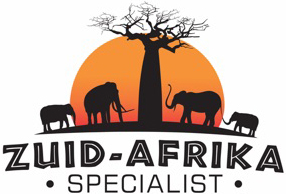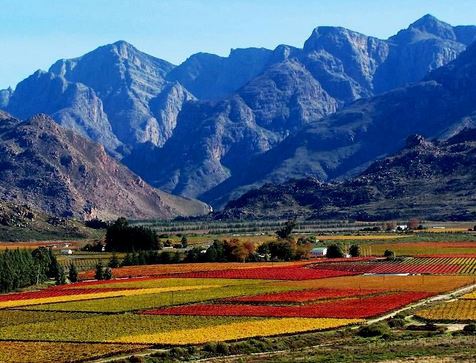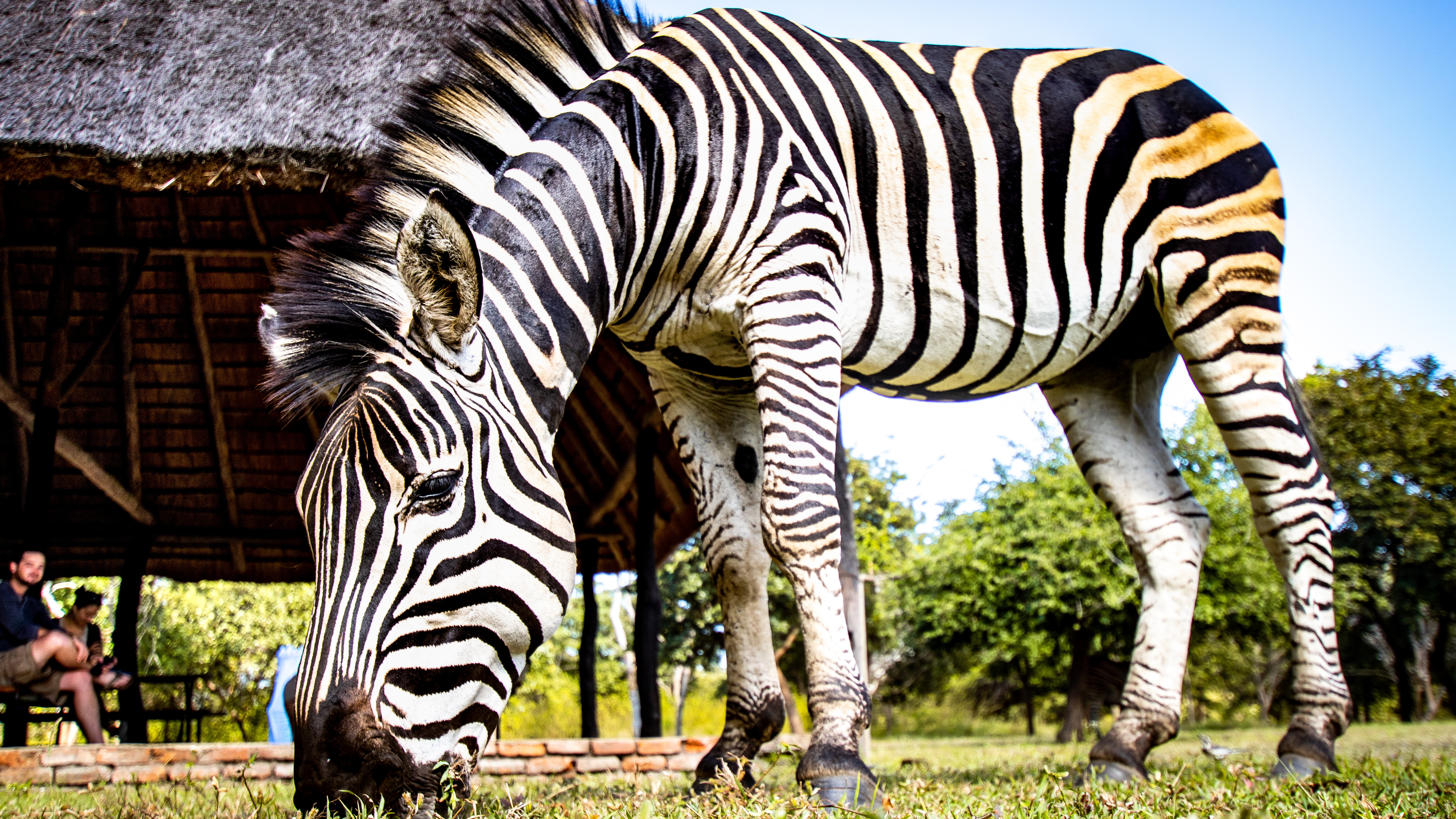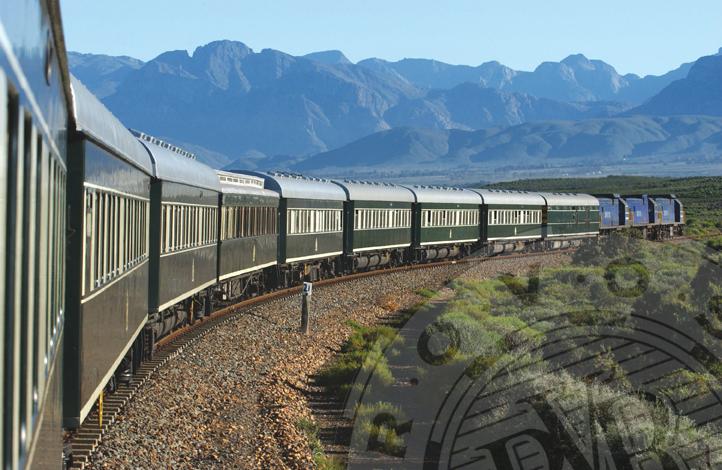Cederberg
The rugged landscape of the Cedar Mountains is about a two-hour drive from Cape Town, near the villages of Citrusdal and Clanwilliam to the north. A more unknown (therefore less touristy) nature reserve with excellent lodges. The Cederberg is known for its sandstone formations that have worn through the rain and have taken on bizarre forms. This red-orange colored dry landscape will surprise you with immense open plains, deep gorges and spectacular waterfalls that reveal themselves to you during the various hiking tours and nature drives you can take here. It is an area where you will fully unwind and you will feel in the middle of nowhere.
status.
The Cedar Mountains are characterized by overhanging rocks and caves with beautiful examples of rock paintings made by the original inhabitants of this area in various places. The best known are the elephant paintings at the Stadsaal caves at Matjies River east of the Cederberg nature reserve (only to be visited with a permit, available at the reception of Cederberg wine estate). These paintings vary in age between 300 and 6,000 years old.
Animals that you might encounter here are: baboons, dassies, gray roe deer, klipspringers, diver and grysbok. The porcupine, the honeybadger, the clawless Cape otter and the aardvark are also located here, but are rarely observed. The leopard is the largest predator in the Cederberg, but due to its shyness, the animal is not often spotted.
Bird lovers can discover more than 100 bird species. Some examples: the black eagle, rock kestrel and jackal buzzard. About 16 snake species are also found here, such as the mountain viper, the puffadder and the Cape cobra, the latter three being among the most dangerous and deadly snakes. The armadillo lizard is one of the native reptiles that is observed here.
The Cederberg are also an important area for managing the Elephants and the Doorn River. It includes the richest variety of native fish species south of the Zambezi River. These fish are found nowhere else except in the Elephant River and the Doorn River. Eight of these species are threatened with extinction. These include the Clanwilliam yellowfish, three of the redfin whale and two of the mountain catlets. Unfortunately, it is also a river system under threat to human activities and due to foreign fauna and flora that affects the quality of the water.



